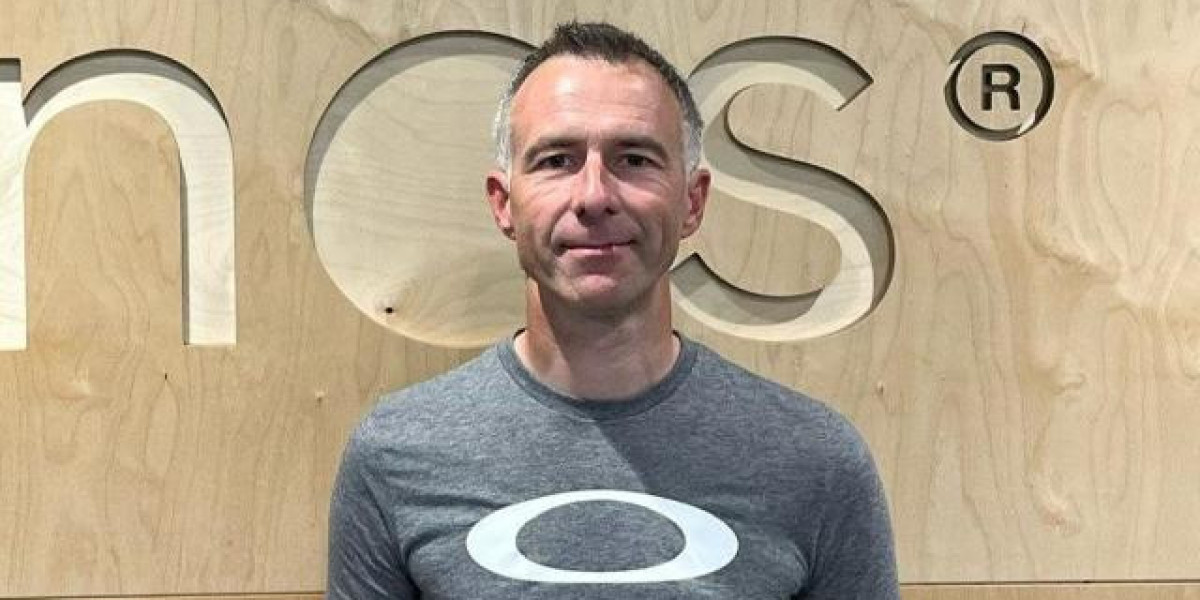Although the hardware was running smoothly, Samsung ended security updates for the phone in 2020. “I just wish there was a way to get more life out of this old bit of tech.”
“I thought the lack of [security] updates was pretty stupid, really,” says Mr Mirza, who bought the phone in 2016.
“Your battery and your screen are still working great. You feel as though the manufacturer is forcing you to upgrade.”
He used his phone to manage his online banking, including for his production company. “It was important for me to have the latest critical software updates,” he says.
As well as the financial cost, there is an environmental cost to upgrading your phone. About 80% of the carbon emissions from mobile phones result from their manufacture. This is known as embedded or embodied carbon.
So, from an emissions point of view, the longer phone users can get the latest software to keep their phones running, the better.
An operating system called /e/OS might have been the answer Mr Mirza was looking for. It’s a free version of Android that extends the life of devices that aren’t getting updates any more, providing a potentially greener alternative to manufacturers’ own software.
Mr Mirza’s old phone is among more than 200 supported devices, some of them 10 years old. When support for the Galaxy S7 Edge ends next year because of hardware limitations, /e/OS will have extended the phone’s life by an additional five years.
“We make /e/OS available for devices that have not been supported for a long time by their manufacturers,” says Gaël Duval, who founded and developed /e/OS.
“We try to [enable them to] receive all the newest security updates. Big manufacturers put a lot of bloatware on phones, useless things people are not using. Over time, this makes things slower. We make the software lighter, so it keeps running efficiently on older devices.”
Manufacturers have been steadily increasing the supported lifetime of new phones. For this year’s Galaxy S24 phones, Samsung has extended support to seven years, matching Google’s promise for its Pixel devices. Apple will support the iPhone 16 for a minimum of five years.
“Due to the current [processor] architecture and size of memory on these newer phones, it’s likely that they will remain usable for a really long time, probably way beyond seven years,” says Rik Viergever, chief operating officer at /e/OS.
However, working out the score is far from simple.
“Calculating [the SCI] is stunningly hard,” Mr Hussain concedes. “The problem is the lack of data.”
To help fill the gap, the Green Software Foundation has created a set of models called the Impact Framework. It takes observations of things you can see, such as what percentage of a server’s resources are being used, and turns them into estimates for carbon emissions.
Mr Hussain's advice to chief technology officers? “Trust that if you give your teams a performance indicator like the SCI, they will know what they need to do to optimise for it. You’ll probably get it wrong first time around, but be as transparent as possible and get feedback.”
To help developers improve the energy efficiency of their software, the ecoCode project is compiling a collection of “code smells”. These are hints that code could perhaps use fewer resources, such as by replacing an instruction with another that does the same job faster.
“This is still an area of a lot of research,” says Tariq Shaukat. He’s the CEO of Sonar, which makes the code analysis software the ecoCode project uses.
“A lot [of code smells] would fall under the umbrella of overly complex code. The second [type] is things that run in an inefficient way: You’re updating or pulling data more frequently than you need to. Another one is bloat. How do you make your app as lean and streamlined as possible?”
Peter Campbell is director of green software at Kainos, an IT services company that builds cloud-based software for its clients. The firm has trained its 500 engineers, product people and designers using the Green Software Foundation’s free short course.
“We thought that if we educated internally and externally, it would get magical adoption from all our teams,” he says.
“Turns out it doesn’t work as simply as that. The culture piece is really hard, not just to get people to act, but to keep prioritising it. There are so many priorities from our customers that sustainability sometimes isn’t the loudest one.”








